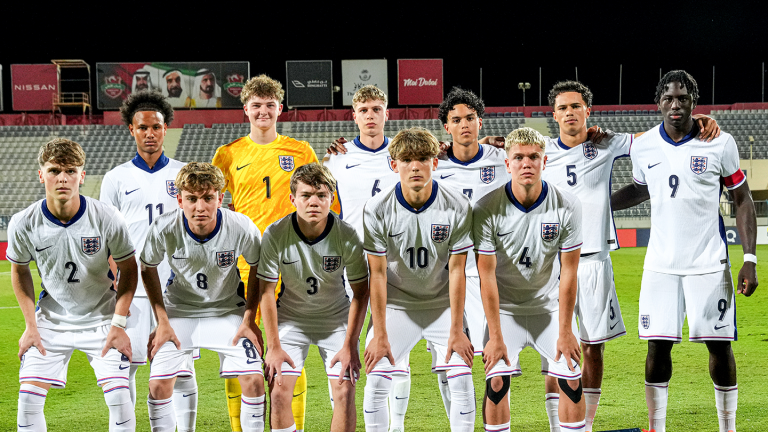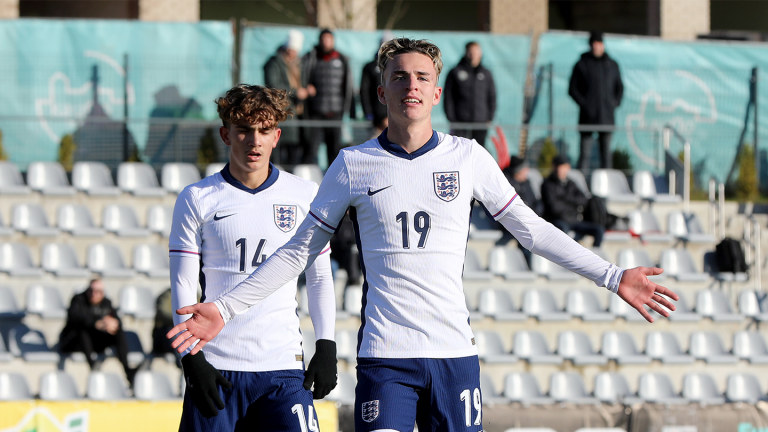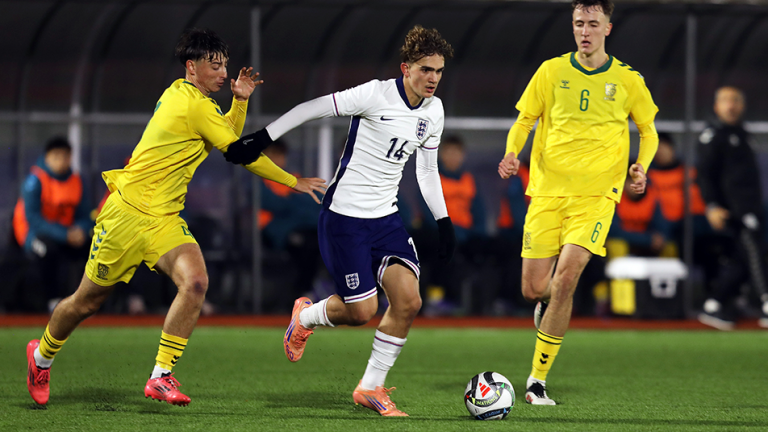The ultra movement is one of the most fascinating aspects of football culture, and in the Balkans, it takes on a particularly intense dimension due to the region’s historical and political context. Among these groups, the Bad Blue Boys (BBB) of Dinamo Zagreb stand out as one of the most influential and feared. Founded in 1986, they represent both an unwavering passion for their club and an identity deeply rooted in Croatia’s complex history.
Historical Context of the Club and the Birth of the Bad Blue Boys
Dinamo Zagreb was founded in 1945 by the Yugoslav communist authorities. Competing in the Yugoslav First League alongside teams from across the federation, the club won the title four times, far behind their great rivals, Red Star Belgrade, who claimed 19 championships. However, in the 1960s and 70s, the emergence of ultra movements in Italian stadiums began to influence football culture across Europe. It wasn’t until 1986 that the Bad Blue Boys were formed at Zagreb’s Maksimir Stadium. Their name is believed to have been inspired by the film Bad Boys, starring Sean Penn, which was released three years earlier. The term “blue” was supposedly chosen in reference to Chelsea’s hooligan firm, with the London club being famously nicknamed The Blues.
At first, the group could have remained a non-political ultra organisation, focused solely on supporting Dinamo. However, their story was only just beginning.

Nationalist Ideology and a Symbol of Independence
By the time the group was formed, the death of Marshal Tito six years earlier had left Yugoslavia politically unstable, with nationalist and separatist movements beginning to take root in regions such as Croatia, Serbia, and Albania. The BBB quickly adopted an anti-Serbian stance.
The politicisation of the terraces escalated further in 1989 with the creation of the nationalist Croatian Democratic Union (HDZ) by Franjo Tuđman, who would later become Croatia’s first president. The Bad Blue Boys immediately aligned themselves with Tuđman and the nationalist cause. The Croatian checkerboard pattern, soon to feature on the country’s national flag, began appearing in the stands, symbolising the growing national identity movement.
The Match That Never Took Place
In May 1990, Dinamo Zagreb were set to face their fierce rivals, Red Star Belgrade, at Maksimir Stadium. This clash between two of Yugoslavia’s biggest clubs attracted over 4,000 Red Star supporters to the Croatian capital. From the stands, the Serbian fans chanted: “Zagreb is Serbian.” The response from Dinamo’s ultras was immediate, seats were ripped from the stands and hurled towards the visiting fans, sparking violent clashes that lasted over an hour.
The riots spread to the pitch, where Dinamo and Red Star players, along with fans and police, many of whom were loyal to the Serbian cause, became embroiled in the chaos. During the mayhem, 21-year-old Dinamo midfielder Zvonimir Boban made history by launching a knee strike at a Yugoslav police officer. This act was celebrated in Croatia, becoming a defining moment of defiance against the Yugoslav authorities. Boban was hailed as a national hero, and many historians argue that his action symbolised the symbolic death of Yugoslavia. Just ten months later, the Croatian War of Independence began.

The Bad Blue Boys in the Croatian War and Their Legacy
Between 1991 and 1995, the Croatian War of Independence led to the country’s eventual sovereignty. Many members of the BBB enlisted to fight, and the Dinamo Zagreb crest was even displayed on Croatian military uniforms, a testament to the connection between football supporters and the nation’s militarisation. The group commemorates its fallen members to this day, as seen in a memorial plaque honouring those who “died for Croatia.”

Nearly 30 years after the war ended, Croatia has rebuilt itself into a stable and relatively prosperous country. However, the legacy of the 1990s conflict remains. Younger generations, including those born after the war, continue to fuel Croatian nationalism and anti-Serbian sentiment, maintaining a mentality of “us against them.”
The Bad Blue Boys Today: A Group That Still Makes Headlines
Over the past two to three years, the BBB have made headlines multiple times. In early 2022, following Russia’s invasion of Ukraine, the Zagreb ultras were among the first to publicly support Ukraine. Ukrainian flags, banners of solidarity, and blue-and-yellow tifos appeared in their stands.

This was one of the few times the group gained attention for positive reasons within football. However, their name is more often associated with controversy. In September 2022, during a match in Milan, at least a hundred BBB members were seen marching through the streets performing fascist salutes. Even more shocking was their involvement in violent clashes in August 2023.
Ahead of a Champions League qualifier against AEK Athens, the BBB, alongside their allies from Panathinaikos’ Gate 14 ultras, travelled to Athens despite being banned from entering Greece. Defying warnings from Croatian, Montenegrin, and Albanian authorities, 150 BBB members, accompanied by Greek ultras, launched an attack on AEK supporters. The violence resulted in the tragic death of 29-year-old Michalis Katsouris, who was fatally stabbed in the arm. As of 22 December 2023, all 103 detained supporters had been released due to the inability to identify the perpetrator. A satisfactory outcome to the investigation now appears highly unlikely.
Beyond Football: The BBB’s Role in Social Crises
Despite their notorious reputation, the Bad Blue Boys have also been actively involved in humanitarian efforts. Their social solidarity, particularly during national crises, often goes unnoticed internationally but remains a significant aspect of their identity.
One of the most striking examples of this was their response to the 2020 Zagreb earthquake. On 22 March 2020, a 5.5-magnitude earthquake struck Croatia’s capital, causing widespread damage. It was the most powerful quake to hit Zagreb in 140 years. Many historical buildings were severely damaged, hundreds of people were left homeless, and multiple injuries were reported.
The BBB reacted swiftly and decisively. Within hours of the disaster, dozens of members mobilised to assist victims. They played a key role in organising and distributing humanitarian aid, gathering essential supplies such as food, clothing, and emergency necessities for displaced families. Additionally, they helped clear debris, secure damaged buildings, and assist the elderly and vulnerable. Images of these ultras working alongside firefighters and rescue workers left a lasting impression, reinforcing their image as national patriots.
Similar scenes are unfolding today in Central Europe, where ultras from various clubs have been actively involved in relief efforts following the devastating floods affecting the region.




What’s up everyone, it’s my first visit at this web site, and
paragraph is really fruitful in support of me, keep
up posting these articles.